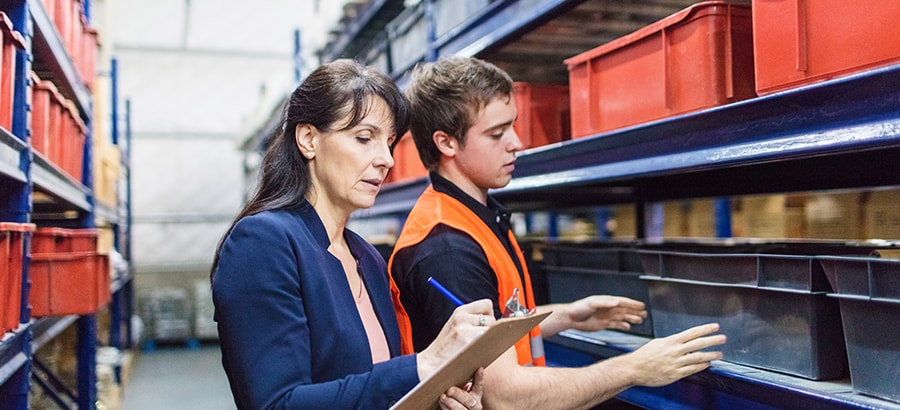Some people like cars, some have an affinity for sport, while others can discuss the sheen of their pet’s coat for hours on end. We all have our own weaknesses … or strengths depending on where you stand on dog fur. My passion is food. Sometimes healthy, occasionally cholesterol-inducing, butter soaked sheer indulgence.
This infatuation has got me thinking about what’s in my pantry, how it got there and how the costs are split up during the process from creation to consumption.
From a supply chain perspective, here at SYSPRO we often find that our customers only know the value of their inventory that is tied up in capital. This makes sense as it can be the largest asset on the Balance Sheet.
Customers do not always recognise the expense of ‘holding’ inventory. This expense includes the lesser acknowledged expenses such as storage, insurance and security to mention a few.
Let’s look again at my pantry. The pumpkin seeds like the cool dry environment but the flax seeds are best kept in the fridge to maximize their shelf life.
It is evident that my flax seeds will attract more overheads insofar as electricity usage in order to keep them fresh and prevent spoilage. If I grind the flax seeds to a flour in my nifty coffee mill (much to the disgust of my partner), I need to take further care of this valuable resource. I now need to place it in an airtight container in the fridge and, besides the additional direct cost of processing the raw material, a further indirect cost is added with the use of a special container and the continuous storage in the fridge.
In most ERPs the effort is in identifying these costs and attributing them to the product to initiate specific action. The goal can be to manage and control your inventory levels or, alternatively, exploit the combined costs of acquiring and carrying inventory into deriving order quantities.
Ultimately, there is not only one answer and the inventory in my pantry is my risk and my responsibility. I need to identify acquisition costs which include counting stock on hand now, and then deciding on what my stock levels should be in order to bake a loaf of bread and, of course, how much my expenditure will be when I have to visit my friendly grocer to replenish stock.
I also need to identify my carrying costs, which include various containers for storage and controlling the environment by keeping it cool or cold depending on the product itself.
Lastly, I need to decide on the form of my stock. It could remain in the raw material state or it may be suitable to rework it a bit into a partially complete product or just store it as a finished item ready for consumption.
{{cta(‘1ba2d63e-db9a-4e16-800d-5dff96cf9884’)}}







